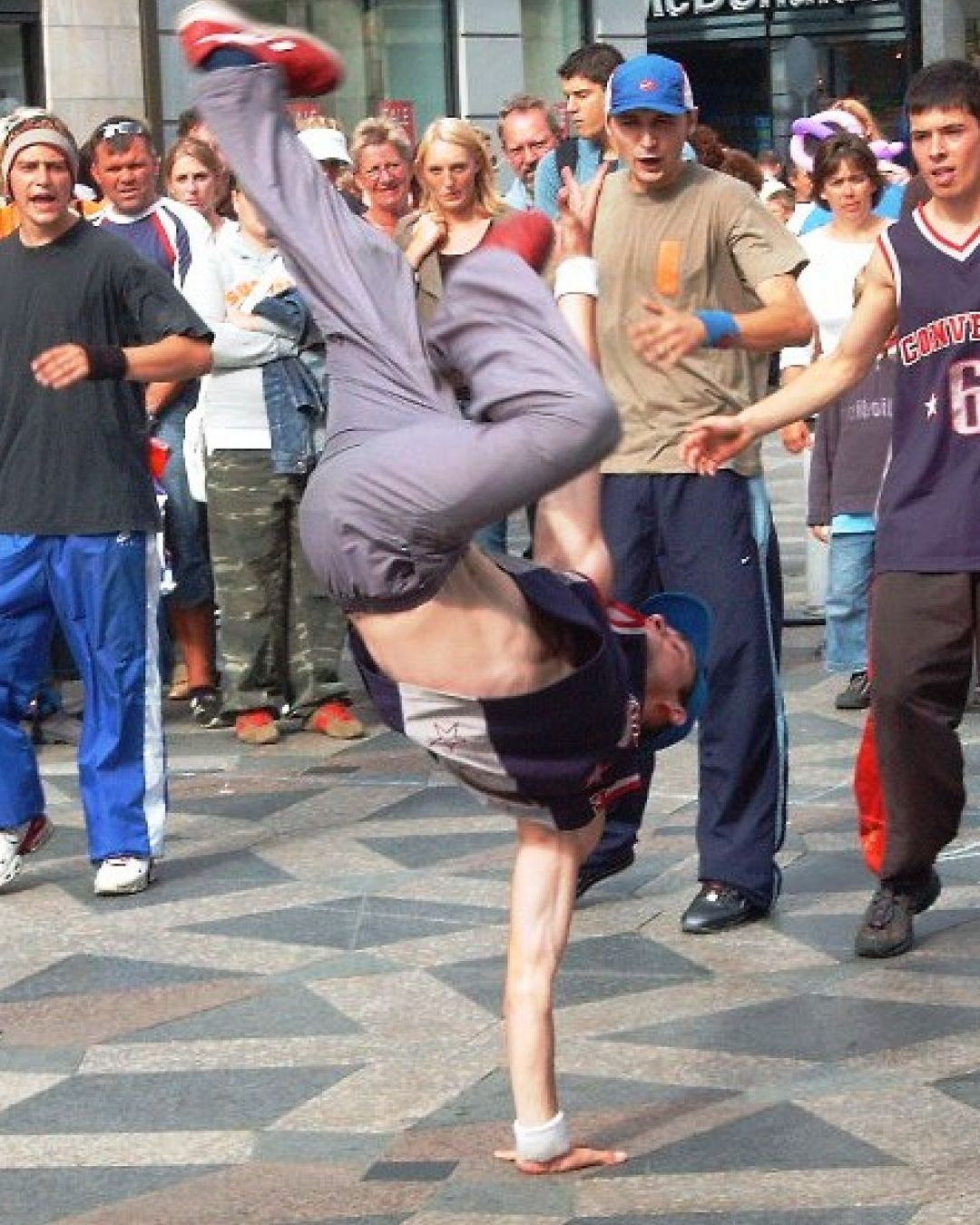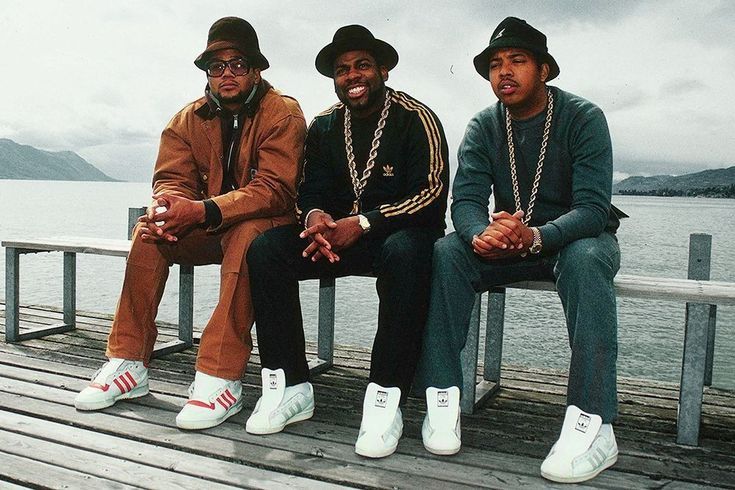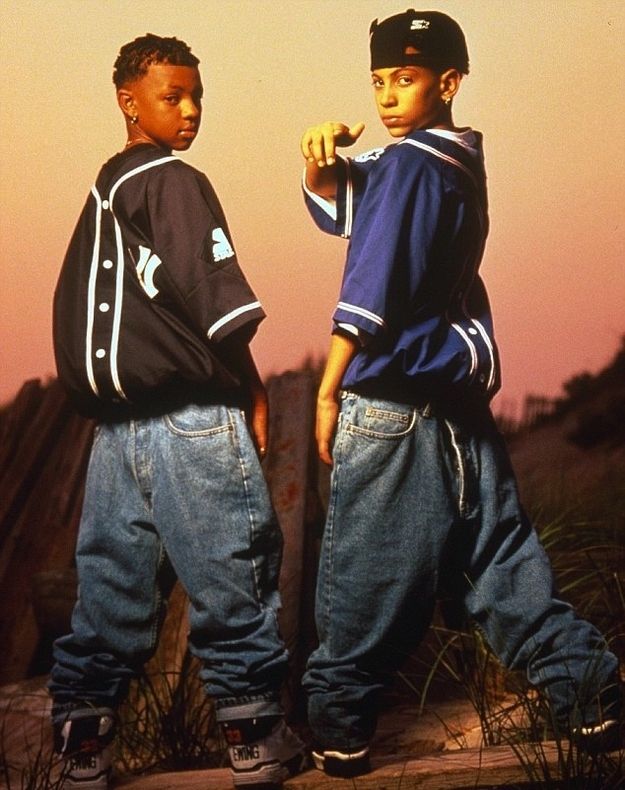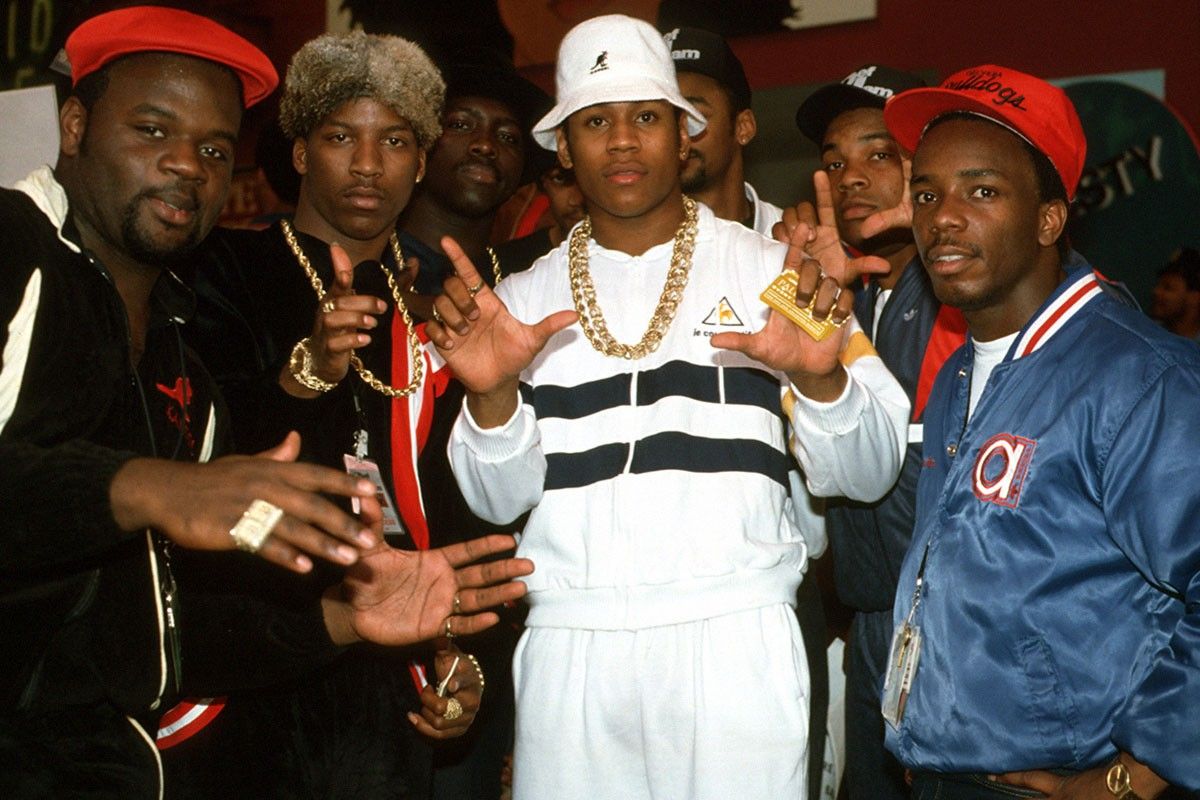
Breakdance takes its first steps at the Olympic Games The journey of breakdance, from the Bronx to the podiums of the Paris 2024 Olympics

Let's start by setting the context. We are in the 1970s in New York, the city is in an economic crisis as many of its residents have decided to leave for the suburbs, leaving behind the chaos and confusion of its noisy and polluted streets. In contrast to Manhattan and Times Square, the neighborhood that interests us, however, is the Bronx (more specifically the South Bronx). A neighborhood populated by residents of African American and Puerto Rican descent where poverty reigns supreme, pushing its residents to commit regrettable acts just to stay alive. And yet, it is in these graffiti-covered streets where one would think twice before taking a tour after sunset, that one of the pillars of dance was born: Breakdance. The practice has come a long way since its birth, as for the very first time, breakdance, or rather breaking, will enter the list of disciplines for which athletes will compete for the gold medal at the Paris 2024 Olympics. Although this dance style was introduced at the 2018 Youth Olympic Games in Buenos Aires, it will make its first appearance in an official edition of the Olympic Games, along with climbing, surfing, and skateboarding.
But let's get back to our story and see how breakdance managed to transition from the abandoned buildings and vacant lots of the Bronx to the Olympic podiums. Beyond being known to the general public for its reputation as a cold-blooded gangster area, the Bronx neighborhood was also beginning to be known for its music. The birthplace of many musical styles, such as disco, salsa, funk, and mambo, all of New York would gather there to party until the early morning. It was in this festive atmosphere that hip-hop was born. It is said that the father of breakdance is DJ Cool Herk, who brought influences from his homeland, Jamaica, to American soil. It was during the "Jams" (also called "party house" or "block party") organized by him, which took place both on street corners and in abandoned buildings, that the first B-boys and B-girls appeared. The term "breakdance" refers not only to the fact that, in dancing, the bodies of the b-boys break, repair, fall to the ground, get up, and so on, but also to the "break" (the cut, interlude of a track interrupting its rhythmic flow) of the vinyl that the DJ used and looped to ignite the dance floor. A continuous repetition that drove the dancers crazy, to the point of making them reach a point of no return (point-break). The practice of breakdance therefore consists of performing acrobatic figures in the air and on the ground to the rhythm of hip-hop music, defying the laws of gravity.
From the '80s onwards, the movement (because it's not just a dance style, it's a whole wave) took off beyond the borders of the Bronx and even the American continent, becoming popular the world over. Around this time, numerous films on the subject entered the annals of cinema and contributed to this mass popularization, such as Breakin', or Battle of the Year, starring Chris Brown. As for the 2000s, they accentuated the trend, seeing the birth of more and more dance-related series and sagas. It's impossible not to mention Channing Tatum in the Step Up franchise, which inspired viewers - even those not born with the gift of rhythm - to get down on the floor and attempt the headspin.
In addition to their legendary coolness and nonchalance, it's clear that the outfits worn by breaking fans also play a key role in their appeal. Cap and tracksuit: these are the watchwords of the dancers' sartorial philosophy. At its inception in the '70s, the style honored a color palette that paid homage to Jamaica (black, red, green and red). Africa was worn around the neck, accessories multiplied, lobes were weighed down with diamond earrings and the word “minimalism” was nowhere to be found in the dancers' vocabulary. In the early '80s, the Kriss Kross duo were noticed not only for their musical talent, but also for their XXL outfits. Thus was born the “sagging” trend (a way of wearing pants below the waist so as to reveal part or all of one's underwear). Extra-large pants, a hoodie, a loose-fitting tee-shirt and a large chain are the new uniform for breakdancers.
A uniform that is now winning over some of the biggest names in fashion. Indeed, the trend has succeeded in conquering a public that was far from its original target, and now throngs the catwalks of Fashion Week. Balenciaga, with Demna at its helm for almost a decade, offers collection after collection of pieces each larger than the next, giving its customers the opportunity to follow hip hop codes from head to toe. Gucci, for its part, has also time and again offered pieces with a street feel (notably in its FW22 collection), such as the GG jacket. The House has also mixed its genius with that of streetwear brands such as Adidas, Patta and The North Face. More recently, rapper A$AP Rocky made his fashion debut with his brand AWGE consisting 90% of oversized t-shirts, baggy pants and caps. A first collection that already heralds a brand with DNA rooted in street culture and hip hop. This DNA will surely be in evidence on August 9 and 10 , when the 16 B-Boys and B-Girls battle it out for the breaking gold medal on the dance floor at Place de la Concorde. It's here that the candidates will face off in merciless, one-to-one battles, improvising their choreography to the rhythms of the DJ hosting the event. It's enough to make our heads spin, just as the dancers' will when they perform their spin downs in a few weeks' time.















































